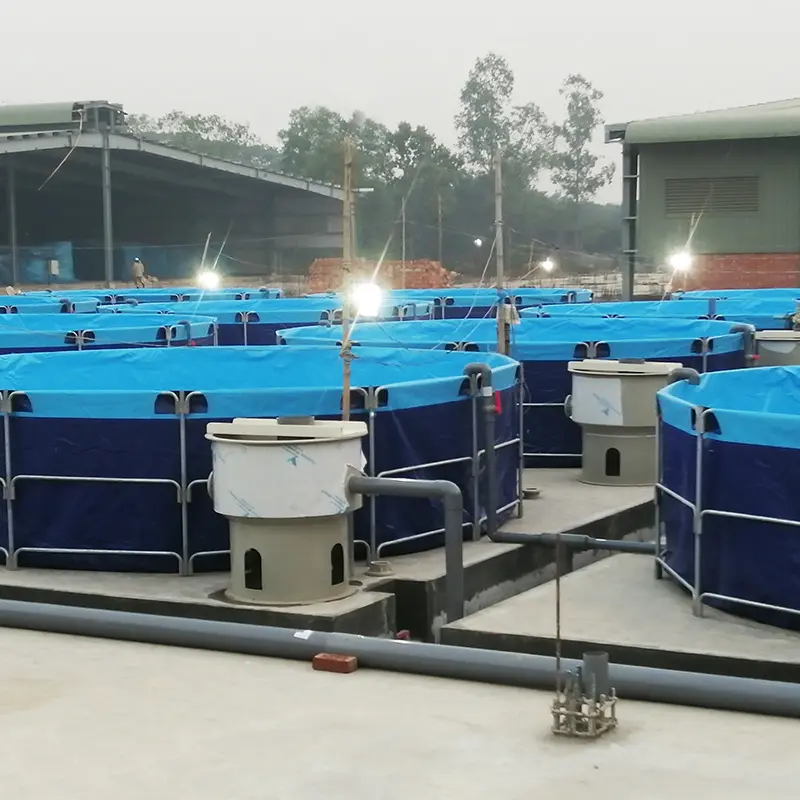Aquaculture one-stop solution provider & liquid storage equipment manufacturer.
Water Tanks Supplier: Things You May Want to Know
A high level of quality is demanded for all products including water tanks supplier from Shandong Wolize Biotechnology Co., Ltd.. Hence we strictly control quality from the product design and development stage all the way through to manufacture in accordance with systems and standards for manufacturing management and quality assurance.
We remain active in various social media, such as Twitter, YouTube, Facebook and so on and actively interact with global customers through posting the pictures and videos of products, companies or production process, enabling global customers to know more clearly about our products and our strength. Our WOLIZE is thus greatly enhanced in its awareness and builds trust with global customers.
WOLIZE provides the sample of water tanks supplier to attract potential customers. In order to suit different demands on specific parameters and design, the company offers customization service to customers. For more details, please see the product page.
Aquaculture, also known as aquaculture, refers to the cultivation of fish or various seafood in artificially opened fish ponds on the shore for consumption. According to the different aquaculture water quality, it can be divided into three categories: freshwater aquaculture, saltwater aquaculture and sea surface aquaculture. Simply put, fish or various seafood are cultivated in artificially opened fish ponds on the shore, and the distribution is most dense in the southwest coast. Since it is aquaculture, the most important thing besides aquatic products is of course water, so Ganzhou Tengyue Canvas Co., Ltd. thinks of a word-water circulation. What is the position of water circulation in aquaculture and fish pond farming? Or what are the benefits of water circulation in aquaculture fish ponds?
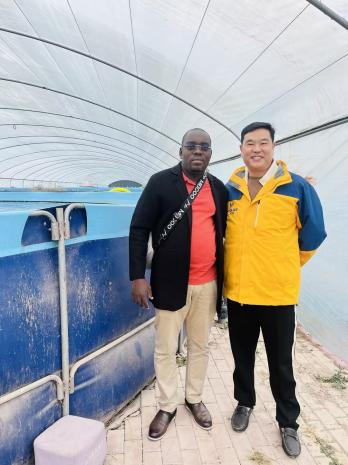
One of the factors that has a greater impact on aquaculture products during the breeding process is the water body. It is critical to maintain water quality in aquaculture, so one of the benefits of water circulation is to maintain water quality. Through reasonable planning and design, a system is established to allow water to flow. This process can also remove the sediment of fish pond dirt and reduce bacterial growth. In addition, the nitrification system absorbs and improves the ammonia nitrogen situation in the water, which can also more effectively maintain the aquaculture water quality. Only when the water body is well maintained can it be more beneficial to the survival and growth of aquaculture products. In addition to water quality, the oxygen required for aquaculture can also be solved. The process of water body movement will increase the contact area with air and increase the dissolved oxygen content in the water body, which can also be more conducive to the growth of aquaculture products.

How should a reasonable and appropriate fish pond water cycle be planned? Take the new aquaculture equipment galvanized sheet canvas fish pond as an example. The galvanized sheet canvas fish pond is a new type of artificial aquaculture pool, which is composed of galvanized sheet and fish pond canvas. It has the characteristics of high strength and wear resistance, is not easy to leak and has a long service life. Intensive management is also convenient for feeding. It is also convenient to install a circulating water system in a canvas fish pond, because the installation of a galvanized canvas fish pond is relatively simple, and the choice of installation location is also more flexible. It is also relatively simple to consider the circulating filter pump, aeration pump, water inlet and outlet for water circulation. The galvanized plate opening and the canvas opening are both very simple, and the location is up to you to choose, but you should try to choose a shaded location so that it is not easily polluted, and plan the direction of each pipeline in advance, so that no external pipelines are required later, and it looks more beautiful overall.
Aquaculture, also known as aquaculture, refers to the cultivation of fish or various seafood in artificially opened fish ponds on the shore for consumption. According to the different aquaculture water quality, it can be divided into three categories: freshwater aquaculture, saltwater aquaculture and sea surface aquaculture. Simply put, fish or various seafood are cultivated in artificially opened fish ponds on the shore, and the distribution is most dense in the southwest coast. Since it is aquaculture, the most important thing besides aquatic products is of course water, so Ganzhou Tengyue Canvas Co., Ltd. thinks of a word-water circulation. What is the position of water circulation in aquaculture and fish pond farming? Or what are the benefits of water circulation in aquaculture fish ponds?
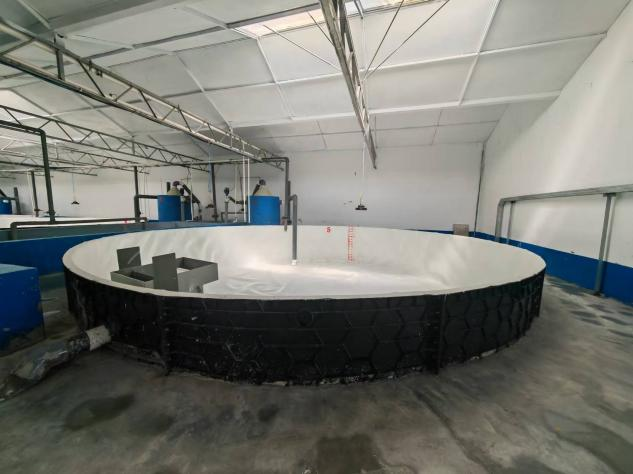
One of the factors that has a greater impact on aquaculture products during the breeding process is the water body. It is critical to maintain water quality in aquaculture, so one of the benefits of water circulation is to maintain water quality. Through reasonable planning and design, a system is established to allow water to flow. This process can also remove the sediment of fish pond dirt and reduce bacterial growth. In addition, the nitrification system absorbs and improves the ammonia nitrogen situation in the water, which can also more effectively maintain the aquaculture water quality. Only when the water body is well maintained can it be more beneficial to the survival and growth of aquaculture products. In addition to water quality, the oxygen required for aquaculture can also be solved. The process of water body movement will increase the contact area with air and increase the dissolved oxygen content in the water body, which can also be more conducive to the growth of aquaculture products.
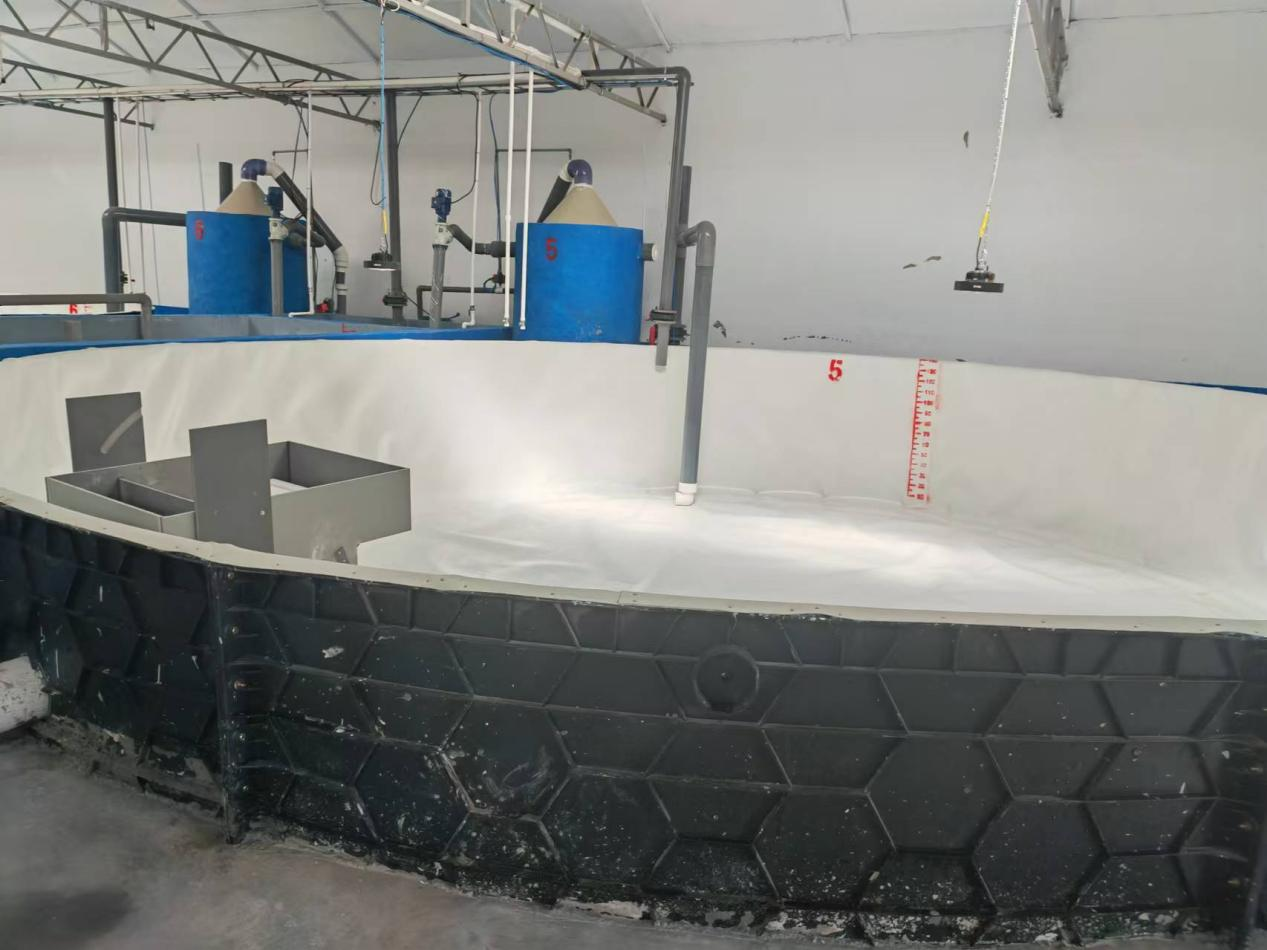
How should a reasonable and appropriate fish pond water cycle be planned? Take the new aquaculture equipment galvanized sheet canvas fish pond as an example. The galvanized sheet canvas fish pond is a new type of artificial aquaculture pool, which is composed of galvanized sheet and fish pond canvas. It has the characteristics of high strength and wear resistance, is not easy to leak and has a long service life. Intensive management is also convenient for feeding. It is also convenient to install a circulating water system in a canvas fish pond, because the installation of a galvanized canvas fish pond is relatively simple, and the choice of installation location is also more flexible. It is also relatively simple to consider the circulating filter pump, aeration pump, water inlet and outlet for water circulation. The galvanized plate opening and the canvas opening are both very simple, and the location is up to you to choose, but you should try to choose a shaded location so that it is not easily polluted, and plan the direction of each pipeline in advance, so that no external pipelines are required later, and it looks more beautiful overall.
About WOLIZE

About WOLIZE
Fish farming in canvas fish ponds can be done indoors or outdoors. The advantage of canvas fish pond farming is that it can control the water level and temperature, which cannot be achieved by traditional soil pond farming. How big is the canvas fish pond for aquaculture fish pond? This depends on the species of fish that the farmers choose to breed and the scale of farming. Larger fish use larger ponds. Of course, large-scale farms also have larger breeding ponds. Generally, fish species are selected with a diameter of more than six meters and a height of about 1.45 meters. The round galvanized sheet canvas pond can also be used for grass carp farming. The canvas fish pond is easy to feed and manage, and can clearly record the breeding data, which is conducive to improving the breeding experience.
Fish farming in canvas fish ponds is a modern and popular fish farming model. So how effective is it?
Under conventional culture in the canvas pond, according to the size of the fish species and the density of growth, generally one cubic water body can produce about 50 kg of adult fish. Of course, not every kind of fish can produce so much in the canvas pond. The selected fish species should be able to resist stress and low oxygen to resist high density. The gradual rise of canvas pond farming has enabled many people without ponds to find a good way to develop aquaculture, but there are still many risks in canvas fish pond farming that deserve our attention.
Let me briefly introduce, especially the last one, please keep in mind.
1. The stability of the water body in the canvas pool is low, and the frequency of water intake and drainage increases in the case of high-density farming, resulting in high stress on the water body and easy injury to the fish. It is recommended to choose fish bodies with strong vitality and emergency resistance. Water changes can be done slowly in and out at regular intervals.
2. The water body in the canvas pool itself has insufficient oxygen capacity, so it is recommended to install oxygen increasing equipment.
3. In order to save space, the water level of the canvas pool is increased and the density is doubled. The density is too high, which will affect the health of the fish. Adequate water level placement, appropriate density is recommended.
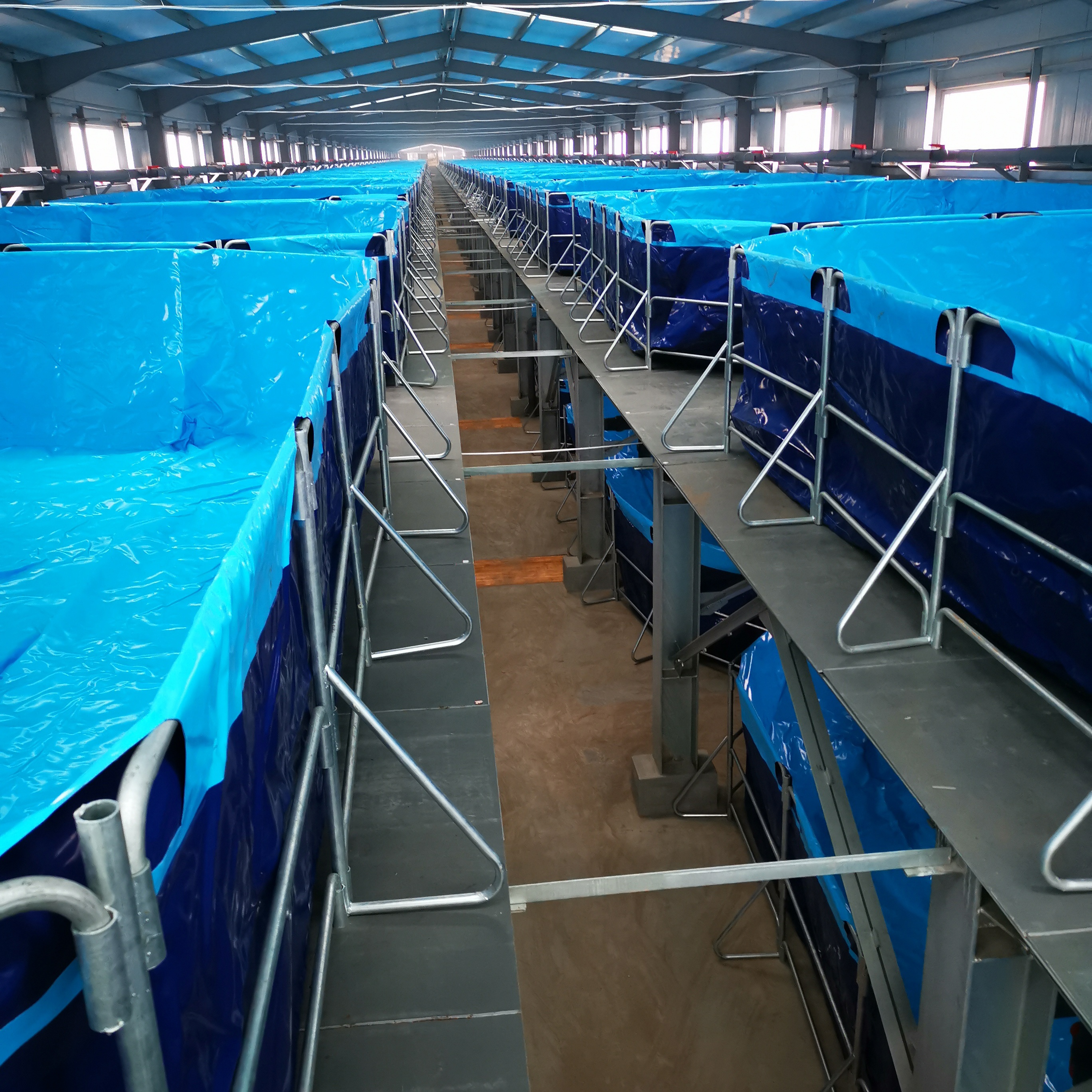
Since a lot of residual bait and excrement will be produced during the breeding process, a large amount of them will be deposited on the bottom of the pond and fermented and decomposed, often producing harmful gases such as hydrogen sulfide and ammonia ammonia, resulting in deterioration of water quality, which not only seriously affects the growth of fish species, but also causes The occurrence of diseases, especially in the summer when the temperature is higher, the speed of water quality deterioration is very fast, so it is necessary to add new water frequently to improve the water quality.
As the fish body continues to grow, the number of water changes should be flexibly controlled according to the specific conditions of water quality changes. It is necessary to do a good job in daily disease prevention work, and take corresponding measures in time according to the observation results of the pond patrol. In addition to using quicklime and other drugs to clean the pond thoroughly, attention should also be paid to cleaning the food field regularly, and disinfection should be carried out during fish disease epidemic seasons.
